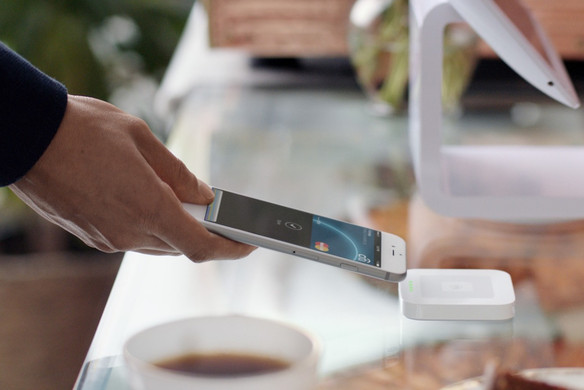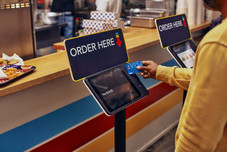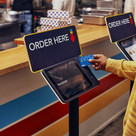The switch to EMV chip cards is an important step toward reducing credit card fraud in the United States. Magnetic-stripe cards are old (like 40+ years old). Their extremely outdated technology makes them particularly susceptible to counterfeiting, so it’s high time to sunset them.
Chip cards, on the other hand, are a lot more secure. Already the standard in the rest of the world (which you’ve probably noticed if you’ve traveled to Europe or Canada), EMV has been proven to dramatically reduce certain types of credit card fraud.
Likely fast-tracked by the recent high-profile security breaches, the U.S. is moving to adopt chip card technology ASAP. And there’s a fire under this effort: the liability shift. On October 1 (only a few short weeks away), if your business isn’t set up to accept chip cards, you could be held liable for certain types of fraudulent charges (whereas the banks and networks previously ate these costs).
But what many people don’t realize about EMV is that chip cards are actually pretty slow to process. In fact, they take quite a bit longer than magstripe transactions. Granted, this is all while the chip technology is working to spot anything fishy, so it’s a good thing. So while you should always opt for a chip card transaction over a magstripe transaction because it’s more secure, the sluggishness is pretty noticeable. This will be part of what accelerates the adoption of mobile wallets like Apple Pay.
Contactless (NFC) payments like Apple Pay take just seconds — a fraction of the time required for EMV and magstripe transactions (they leave cash in the dust). That means you can move your line a whole lot faster. They’re also more convenient for your customers—no more fishing for wallets.
What’s more, contactless payments like Apple Pay are just as secure as EMV payments. They’re authenticated, meaning they contain multiple layers of dynamic encryption to protect cardholder data. An Apple Pay transaction is also protected by the iPhone’s fingerprint technology — so even if your phone is stolen, no one can get into your mobile wallet.
As more and more people start to realize that NFC payments are just as secure as chip cards but a lot faster and more convenient, mobile wallets will become more popular. (We’ve seen this trend in countries that have already adopted EMV). And the question, “Do you accept Apple Pay?” will increasingly become something you’ll hear from customers.
Luckily, the answer will be “yes” if you order our new reader. The Square contactless payment and chip card reader accepts both EMV and NFC transactions.
![]()











